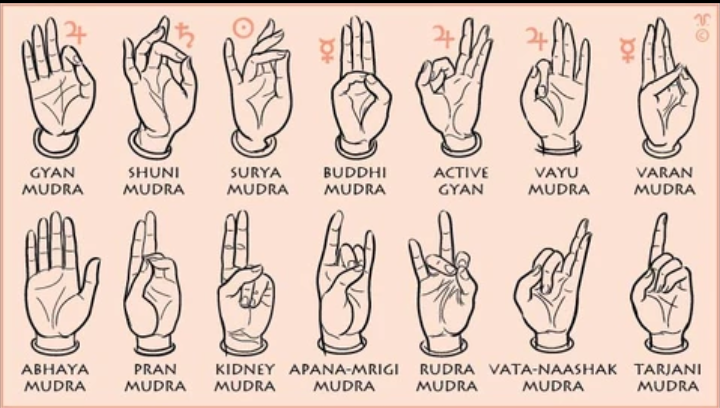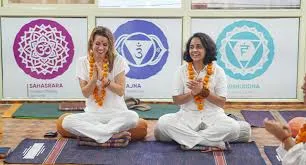Thursday, 27 March 2025
Thursday, 20 March 2025
batting shot
🏏 Batting Fundamentals – All Key Shots Explained
1. Defensive Shots

- Forward Defense: Played by stepping forward, blocking the ball with a straight bat, ensuring safety and balance.

back foot - Backfoot Defense: Played by moving back and defending against shorter deliveries, keeping the bat close to the body.
2. Drive Shots
drive

- Straight Drive: Classic shot played with a vertical bat, hitting the ball straight past the bowler.
- Cover Drive: Played by leaning towards the off-side and driving through the covers with precision.
- On-Drive: Similar to the straight drive but directed towards mid-on.
- Square Drive: Played square on the off-side, utilizing timing and placement.
3. Pull & Hook Shots
- Pull Shot: Played to a short-pitched ball, pulling it towards the leg side, usually between mid-wicket and square leg.
- Hook Shot: Played to a short ball rising above chest height, hooking it over the leg side boundary.
4. Cut Shots
- Square Cut: Played to a short, wide delivery, cutting the ball hard square on the off-side.
- Late Cut: A delicate shot played late, guiding the ball past the slips towards third man.
5. Sweep Shots
- Conventional Sweep: Played to spinners, sweeping the ball from outside off-stump to fine leg.
- Reverse Sweep: Played by switching the bat grip and sweeping towards the off-side.
6. Lofted Shots
- Lofted Drive: An aggressive shot where the batter hits the ball in the air over the infield, typically for boundaries.
- Inside Out Shot: Hitting the ball over extra cover by moving towards the leg stump and creating space.
7. Flick Shot
- Played with a flick of the wrists, directing the ball towards the leg side, typically between mid-wicket and square leg.
8. Glance Shot
- Soft shot played fine on the leg side, using the pace of the ball, glancing it past the wicketkeeper or fine leg.
Saturday, 15 March 2025
you GO YOGA

What Are Mudras and Their Benefits
So, you may have been hearing the word, ‘mudra’ for a long time now. If you learnt how to dance, you would have used mudras in your dance forms as well. The unique shapes and forms that you make, are called mudras, in clear words. When you join both the hands in a prayer, it also translates into mudras. So, mudras are nothing but different hand gestures, along with the fingers, which can signify different things. Now, mudras have a significance and definite purpose, as well. They can also help in chakra balancing. You can learn and master the various mudras, in the regular practice with guru(tutors)
Before, you start exploring the various kinds of mudras, it is important that you know their inherent connection with Ayurveda. It goes without saying, that Ayurveda is the science of the life. And, yoga or mudras are its applications. In the very same context, you must be aware that there are five elements, which govern all of us. They are air, fire, earth, water, and space. A healthy body generally has a balance of all these elements. However, if there is an imbalance in one of these elements, you may be physically affected or mentally. The five elements correspond to five fingers with each finger representing one element. You can actually manipulate the Prana, to increase it or decrease it, and send it to a certain part of the body.
- The Thumb represents fire element
- The Index finger represents air element
- The Middle finger represents space element
- The Ring finger represents earth element
- The Little finger represents water elemenLikewise, there are five different kinds of Prana.
They are Apana, Samana, Prana, Vyana, and Udana. Let us find out a bit more about them today. Furthermore, you can also learn about these in the yoga training course.
- Apana is the Prana, that affects functions such as excretion and sweating.
- Samana is required for digestion and metabolic activities.
- Prana is the one, which you need for cardiac functioning.
- Vyana is the Prana that is required for blood circulation and overall movement.
- Udana like required for most sensory activities, like seeing, hearing, thinking, etc.
Mudras can be used for balancing both the hemispheres of the mind. The same applies to the body as well. The mortal being has two hands, and in the same manner, we have two sides. One of the sides is male, and the other is female. The sun governs the right, and the moon, the left. Mudras also facilitate meditation and yoga practice. If you happen to join the , you will study about the mudras, in full details.
Most Common Mudras
- Anjali Mudra–
It is the most common mudra, which you will come across on a day-to-day basis. It is as simple as doing the ‘Namaste’. Moreover, this mudra has a lot of physical as well as spiritual significance. It mainly unites the body, by connecting the hemispheres of the brain. Thus, bringing peace and clarity. It also helps one to feel love and gratitude. You can do it almost anywhere.
Simply bring both the palms together, and position the same in front of the heart, with the fingers pointing upward. You need to press the hands evenly into one another. Most yogis can be seen doing the practice while sitting in the Sukhasana. However, it is not mandatory to do the mudra, in sitting position only. You can also do it in standing position, in the Tadasana and Vrikshasana. You can learn, practice and master such mudras at Hrishikesh Yoga School, under the aegis of the best teachers of yoga.
- Gyan Mudra–
- It is one of the most powerful mudras, if you want knowledge and wisdom. That is why, it is widely practiced by sages and seers. You can also boost your creativity, by practicing this mudra. The mudra is excellent for your intellectual capacity. Yogis can develop a deep level of calmness, if this mudra is practiced during meditation. You must practice mudras, according to yogic guidelines, to get the maximum benefits from them.
Sit down in a comfortable position, like Padmasana. Additionally, you can also sit in Vajrasana. You have to place the hands on your knees, with the palms facing upwards. Subsequently, you have to join the tip of the index finger, with the tip of the thumb. The other fingers are stretched open. Now, you need to close the eyes, and concentrate on your breathing. This is how, you have to practice Gyan mudra.
There are some amazing facts about this mudra, which you ought to know. Buddhists also practice this mudra, but call it Vitarka mudra. The only difference is that, they practice the mudra, by keeping the hands close to the heart, with the palms facing the body.
- Dhyana Mudra–
It is a great mudra, which you can do along with meditation. It helps in self-reflection as well. Many examinees have found it to be useful, before examinations. The mudra mainly activates the fire element. Jataragni and Tejas agni, are both satiated by the practice of this mudra. You can sit comfortably, in any meditative pose. While doing so, you have to keep the spine straight. Firstly, you need to keep the left hand on your lap, with the palms facing upwards.
Now, you hase the hands in this gesture towards the Third Eye.
in_quotes
The phrase **"Gurukulam Cricket Academy | Diehard to Victory"** is indeed a powerful and motivational quote. Here's a breakdow...
-
Stay relaxed between balls. Maintaining a relaxed body, positive energy, and a focused mind between balls can significantly improve your tim...
-
Basics of Cricket: A Beginner’s Guide Cricket is one of the most popular sports in the world, enjoyed by millions of fans and players. Wheth...




















